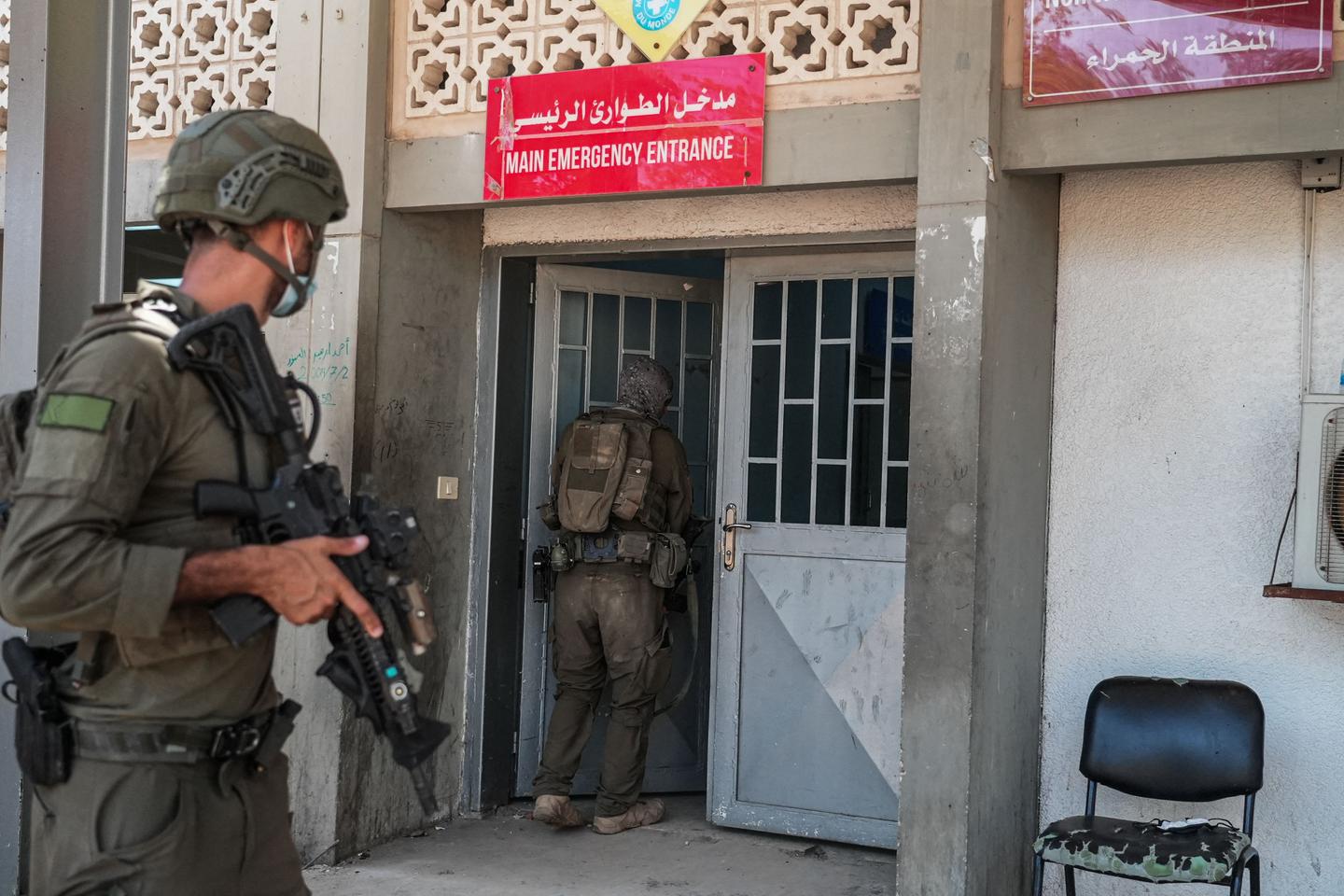


The State of Israel established its current borders – comprising 77% of what was previously Palestine – after a founding war that lasted just under eight months, in 1948-1949. The fledgling Israeli army then defeated five Arab armies from Egypt, Syria, Transjordan, Iraq and Lebanon that had attacked it.
This first Arab-Israeli war, referred to in Israel as the "War of Independence" and in Arabic as the "War of Palestine," was accompanied by the expulsion of more than half of the Arab population of Palestine. Many of those expelled sought refuge in the Gaza region, under the protection of the Egyptian army. The Israeli army then attempted an encirclement maneuver by entering Egyptian territory, an incursion countered by the United States, which imposed a ceasefire. Not only did this US intervention mark the advent of the "Gaza Strip," but it also set a precedent for successful interventions in situations where the Israeli army, left to its own devices, seemed incapable of ending hostilities.
The second Arab-Israeli war, in October-November 1956, was the only one in which the Israeli army did not act alone but in coalition with France and the United Kingdom, determined to overthrow the regime of Colonel Nasser in Egypt after he nationalized the Suez Canal. The US forced the three aggressors to halt hostilities before compelling Israel to withdraw from the occupied territories, including the Gaza Strip, in March 1957.
Shorter wars that were nonetheless more favorable to Israel
The third Arab-Israeli war, in June 1967, went down in history as the "Six-Day War" due to the lightning speed of the Israeli offensive. Not only were East Jerusalem, the West Bank and the Gaza Strip now occupied, but so too were Egypt's Sinai Peninsula and Syria's Golan Heights. The US secured a ceasefire from Israel before the Arab humiliation turned into a defeat, which would have prompted a reaction from the Soviet Union.
The same sequence of events occurred in October 1973, after 18 days of conflict initiated by a joint Syrian-Egyptian offensive.
You have 60.09% of this article left to read. The rest is for subscribers only.
